
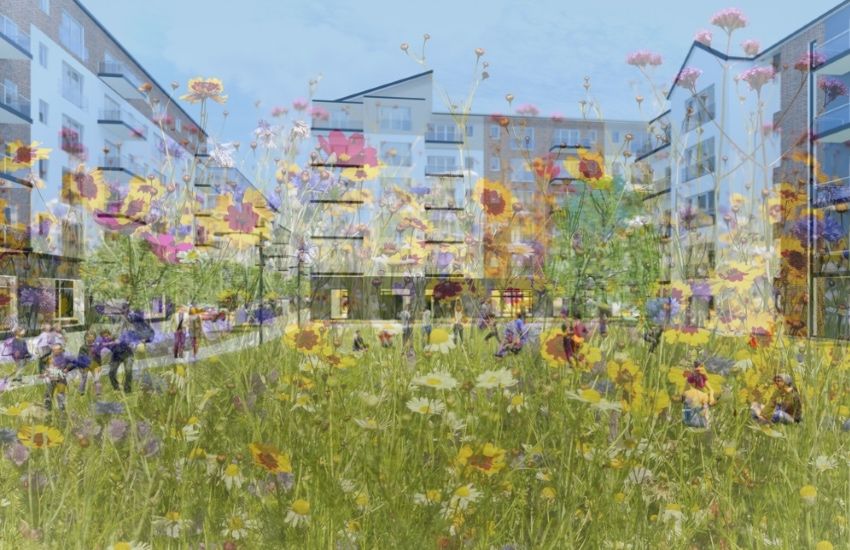

The brownfield site just off the Bridge has lay dormant for over a decade, so how could a major redevelopment of Leale’s Yard manage wildlife, biodiversity, and public health?
Some of the representations received throughout the public consultation raised concerns over the impact on wildlife in the area, particularly “in the area to the north of Northerners Hall”.
Express understands that amateur bat surveys undertaken in the area discovered a healthy population of the mammals.
The Development & Planning Authority will host an Open Planning Meeting tomorrow where the outline application for the development will be approved or rejected.
Its members could also add extra conditions to the application which the developers must comply with. Planning officials have already recommended the development for approval so long as it complies with 26 conditions.
Here, Express looks at some of the environmental concerns and mitigations proposed in the planning report.
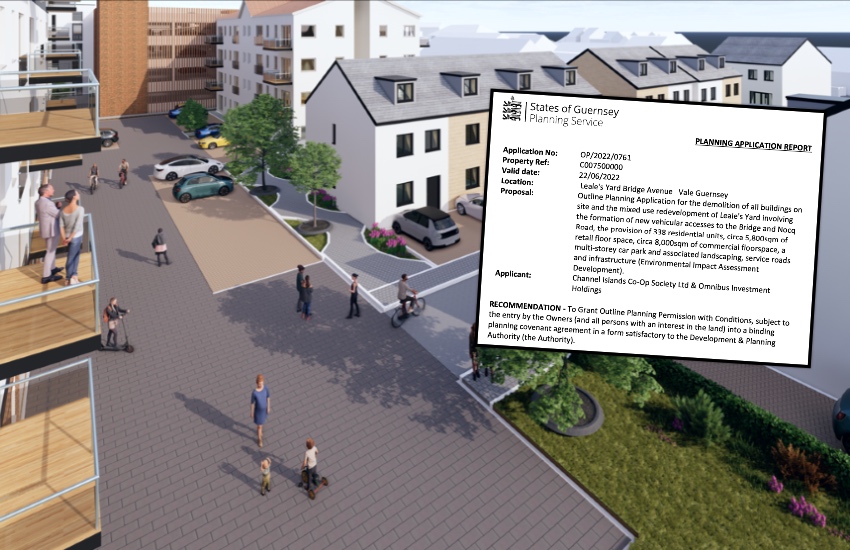
Pictured: The application will be considered by the DPA this week.
Related conditions attached by the Planning Service:
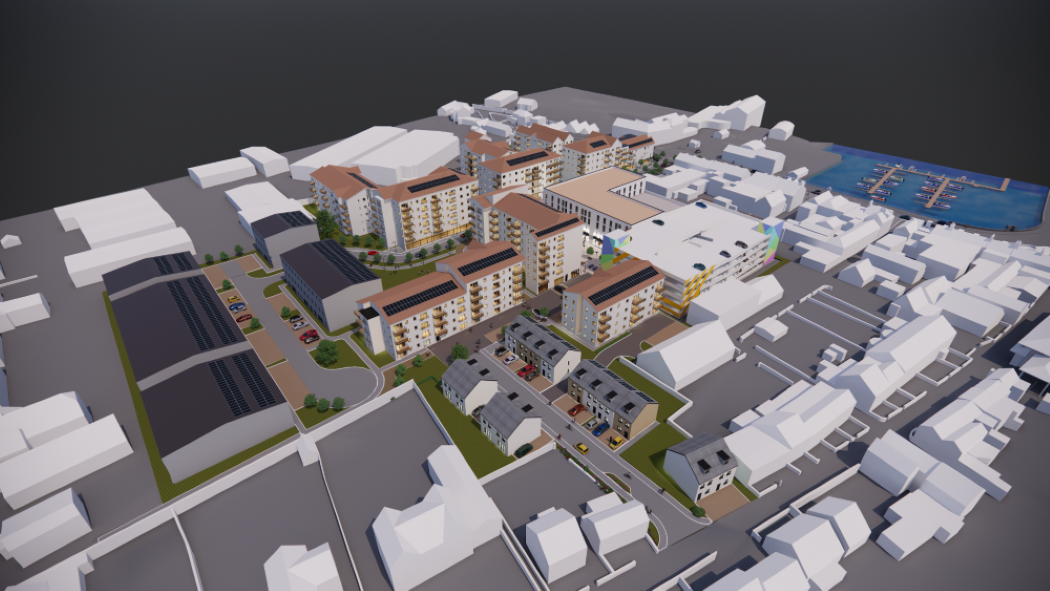
Pictured: Hundreds of homes and several retail and commercial units are hoped to be constructed.
Agriculture, Countryside and Land Management Services (ACLMS) noted that the developers recognised several habitats and species existing on site but critcised what it saw as “some impacts” being considered and mitigated but other not which should be when “striving to achieve net biodiversity gain”.
“The proposed development does not include the retention of any of the existing habitats or ecological features, it has not included the creation of any habitats on site to replace them and has recommended limited planting on site using a combination of native and non-native species,” said ACLMS.
“The submitted application has omitted many of the mitigation measures detailed within the [Environmental Impact Assessment]. We recommend that the landscaping scheme is revised to include the required 60-70 native trees, peripheral native hedging and wildflower grassland.”
It also recommended “bat friendly lighting, integrated bat and bird boxes, the construction of a bat loft, permeable boundaries, and ongoing habitat management” to be included within the required Ecological Management Plan and an Ecological Method Statement.
The original plans for landscaping included species “such as periwinkle and cape daisy, which are known to be invasive and should not be considered for inclusion in any planting schemes,” according to ACLMS.
“The native plantings and habitats will support prey items and provide foraging and commuting habitats for birds and bats living in or using the site. Without these features, other mitigations, such as integrated bird and bat boxes and a bat loft, are not likely to be successful, due to the absence of appropriate foraging or commuting habitat.”
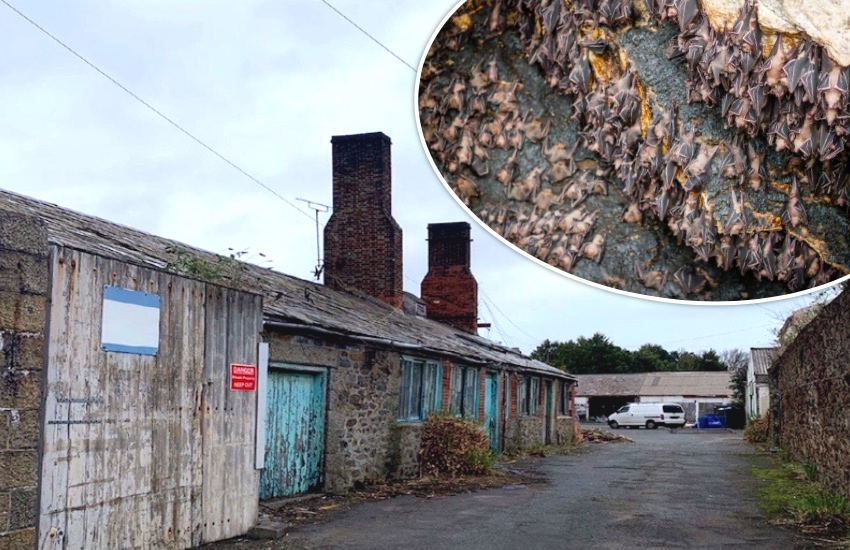
Pictured: The roofs of the buildings on site must be removed before demolition can begin.
ACLMS also recommended that ecological impacts, borne out of redevelopment, could feasibly be offset by improvements to an external site, although it accepted that “off-site offsetting is the least preferred option to achieve [biodiversity net gain] - with avoidance and on-site off-setting being preferred.
It is proposed that habitat enhancements are made by the developer to Bordeaux Nature Reserve, a 4.7-hectare site, “in conjunction with professional ecologists to produce a detailed habitat restoration plan” to translocate mammals and insects and achieve biodiversity net gain.
The nature reserve “contains habitats with condition assessment scores predominantly of poor and moderate, thus affording an opportunity to off-set a proportion of the loss of natural habitats from Leale’s Yard” by increasing the conditions at Bordeaux to “moderate or good condition”.
These suggestions have been codified in the attached conditions.
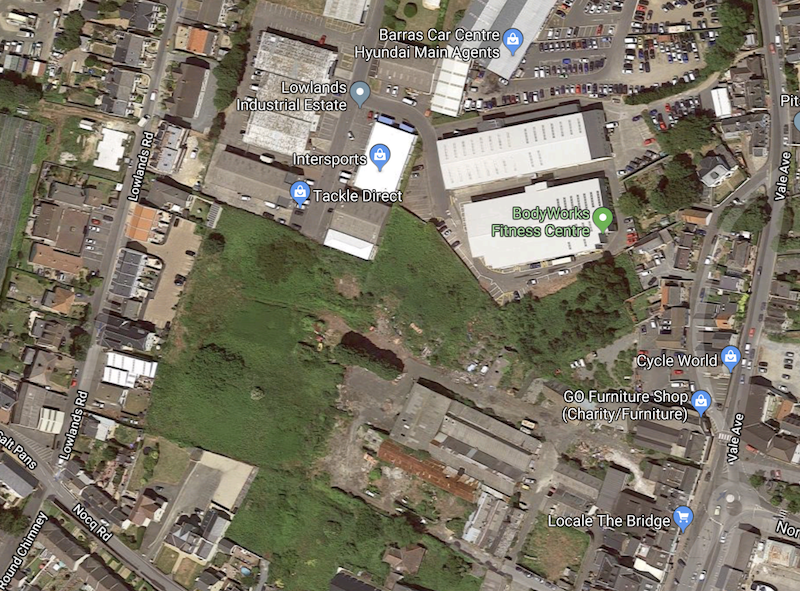
Pictured: The ground could be contaminated from years of commercial use.
Ground conditions at the site will also prove to be an on-going saga as it is “known to be or suspected to be contaminated”, with the responsibility for safety and security lying squarely with the developers.
Representations were also submitted relating to fears over instability and flooding risk.
To mitigate this, it’s proposed that developers oblige by UK land contamination risk management principles and waste is properly disposed of to prevent leaching.
A “competent person” must be appointed to oversee the implementation of this, with photographs of the remediation to be supplied and certificates produced showing that imported and remaining materials are free from contaminates.
Future monitoring and maintenance must also be agreed to manage ongoing risks to public health and safety.
Comments
Comments on this story express the views of the commentator only, not Bailiwick Publishing. We are unable to guarantee the accuracy of any of those comments.